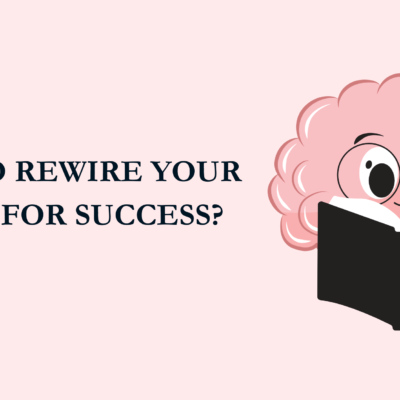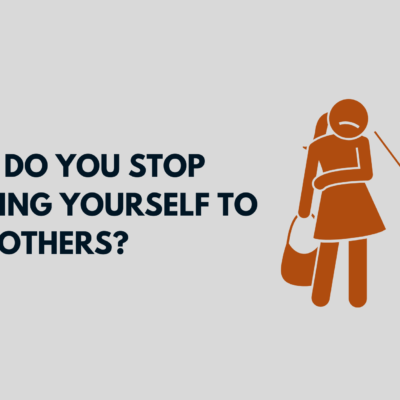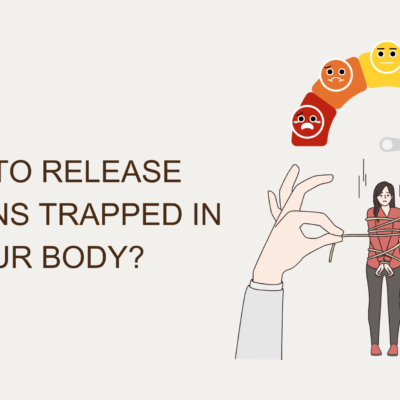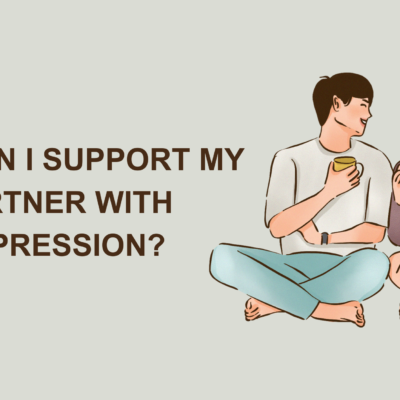How to Overcome Screen Addiction: In today’s hyperconnected world, we live much of our lives through screens. From phones and laptops to TVs and tablets, screens have become an integral part of how we work, connect, entertain ourselves, and even relax. But when usage becomes compulsive, harmful, or hard to control, it crosses the line into screen addiction—a modern-day challenge that quietly erodes our time, focus, relationships, and mental health.
If you often find yourself mindlessly scrolling, binge-watching beyond your bedtime, or reaching for your phone first thing in the morning, you’re not alone. The good news is that screen addiction is not permanent—it can be managed and reversed with awareness, strategy, and consistency.
This article dives deep into the causes, effects, and most importantly—the solutions to overcome screen addiction and take back control of your life.
Also Read:
Part 1: Understanding Screen Addiction
1.1 What Is Screen Addiction?
Screen addiction refers to a behavioral issue where an individual excessively and compulsively uses digital devices—often to the point that it interferes with their daily life, mental health, or responsibilities. It’s not officially classified as a disorder in most medical manuals (except for gaming disorder), but its symptoms and impact are very real.
1.2 Common Signs of Screen Addiction
- Constant urge to check your phone, even without notifications
- Losing track of time while on a device
- Neglecting work, studies, or relationships due to screen use
- Difficulty sleeping due to late-night screen time
- Feeling anxious, bored, or irritable without access to a screen
- Reduced interest in offline hobbies
1.3 Why It Happens: The Science Behind It
Screens are addictive because they’re designed to be. Social media, streaming platforms, and mobile apps use dopamine-driven feedback loops—the same brain systems involved in gambling and substance abuse. Every “like,” notification, or video recommendation gives a small dopamine hit, creating a reward cycle that makes it hard to stop.
Combine that with algorithms that show you exactly what keeps you hooked, and you’ve got a powerful attention trap.
Part 2: The Consequences of Excessive Screen Time
2.1 Physical Health Impacts
- Eye strain and headaches (digital eye strain)
- Poor posture leading to back, neck, and shoulder pain
- Sleep disturbances from blue light exposure
- Sedentary lifestyle leading to weight gain and fatigue
2.2 Mental and Emotional Effects
- Increased anxiety and depression
- Decreased attention span and memory
- Reduced ability to concentrate
- FOMO (fear of missing out) and low self-esteem
2.3 Relationship and Productivity Problems
- Lack of presence in conversations
- Missed deadlines and reduced work quality
- Emotional disconnection from partners, friends, or children
The cost of screen addiction isn’t just time—it’s the life we’re not fully living when we’re too busy scrolling.
Part 3: How to Overcome Screen Addiction – Step-by-Step
Breaking free from screen addiction doesn’t mean going cold turkey or giving up your devices completely. It’s about creating a healthier, more intentional relationship with technology. Here’s how:
3.1 Start With Awareness
Before you can make a change, you need to understand your current patterns.
Track Your Usage: Use apps like Digital Wellbeing (Android) or Screen Time (iOS) to monitor:
- How many hours you spend on screens
- Which apps you use most
- How often you pick up your phone
This alone is often a wake-up call.
Reflect on Triggers: Ask yourself:
- When do I reach for my phone? (Boredom? Stress? Habit?)
- What feelings drive my screen time?
- What activities am I replacing?
Write down your answers to uncover emotional or situational triggers.
3.2 Set Boundaries and Limits
Use Built-In Limits:
- Set app timers (e.g., 30 minutes/day for social media)
- Use “Do Not Disturb” or “Focus Mode” during work or sleep
- Create screen-free hours (like mornings or during meals)
Designate Screen-Free Zones:
- No phones at the dining table
- Keep devices out of the bedroom
- Avoid screen use in the bathroom (yes, it counts!)
Schedule Device Detox Periods: Try “Digital Sabbaths”—full or partial screen breaks for one day a week. You’ll be amazed how refreshing it feels.
3.3 Make Your Devices Less Addictive
Turn Off Non-Essential Notifications: Every ping, buzz, and badge is a distraction. Turn off all but the essentials—texts, calls, and work-related apps.
Move Addictive Apps Off Your Home Screen: Make apps like Instagram or YouTube harder to access by putting them in folders or deleting them altogether from your phone (and using browser versions instead).
Use Grayscale Mode: Turning your phone screen to black and white removes the “rewarding” color stimulus and makes scrolling less enticing.
Log Out of Apps: The extra step of logging in creates a speed bump that helps you pause before opening them.
3.4 Replace, Don’t Just Remove
Find Offline Alternatives You Enjoy: You can’t break a habit without something better to replace it. Try:
- Reading physical books
- Walking in nature
- Drawing, journaling, or crafting
- Playing board games
- Cooking something new
Reconnect with People in Real Life: Call a friend, meet for coffee, or spend time with family. Screens often give us a false sense of connection—replace that with the real thing.
Learn a New Skill: Enroll in a class, take up an instrument, or start a passion project. When your brain is challenged and engaged, it craves screens less.
3.5 Create a Healthy Digital Routine
Morning Routine (Without Screens): Avoid starting your day by checking your phone. Instead:
- Stretch
- Meditate
- Drink water
- Write a to-do list or gratitude note
Evening Routine: Wind down with screen-free rituals 1–2 hours before bed:
- Take a bath
- Read a book
- Journal your thoughts
- Use blue light glasses if screen use is unavoidable
Sleep-Friendly Device Habits:
- Turn off auto-play on streaming services
- Charge your phone outside the bedroom
- Use an alarm clock instead of your phone
Part 4: Handling Cravings and Setbacks
4.1 Deal with Boredom Mindfully
Much of screen addiction stems from a fear of boredom. But boredom is actually where creativity and clarity are born. Try sitting with it—without filling the gap. Let your mind wander.
4.2 Practice Digital Mindfulness
When you do use a screen, use it intentionally.
Ask:
- Why am I opening this app?
- What am I hoping to feel?
- Did I get what I wanted?
This simple pause can break the auto-scroll habit.
4.3 Accept Imperfection
You will have slip-ups. You will binge-watch again. That’s okay.
What matters is progress, not perfection. Each time you become aware and course-correct, you’re strengthening new neural pathways and building long-term discipline.
Part 5: Long-Term Strategies for a Healthier Digital Life
5.1 Reflect Regularly
Once a week, ask yourself:
- How did I feel this week with less screen time?
- What helped me stay off my device?
- What triggered my overuse?
Adjust your strategies as you go. Your digital balance may look different each season—and that’s normal.
5.2 Involve Your Community
Tell your friends and family about your screen goals. You might inspire them to join you. Plan offline hangouts or digital detox challenges together.
5.3 Reward Real-Life Wins
When you stick to your goals, reward yourself—with something offline. A movie night, a favorite meal, or a self-care day. Let your brain associate real pleasure with life off the screen.
Final Thoughts
You don’t have to live at the mercy of your screen. You are not weak or lazy—you’re human, and your devices were designed to be addictive. But with intention, structure, and a bit of support, you can break the cycle.
Remember:
- Your time is your most valuable currency.
- Presence is more powerful than pixels.
- Real life happens off-screen.
You deserve a life filled with meaningful conversations, vibrant health, deep focus, and genuine joy—not just likes, loops, and late-night scrolls.
It’s time to reclaim your mind—and your moments.






